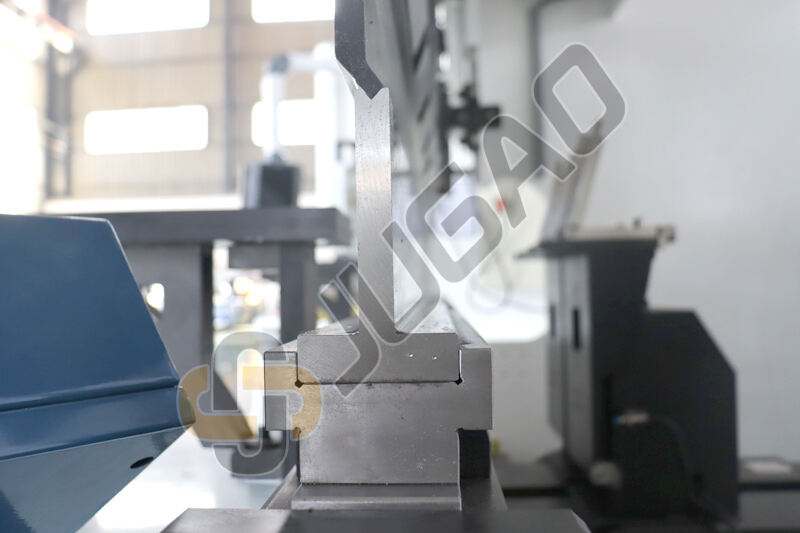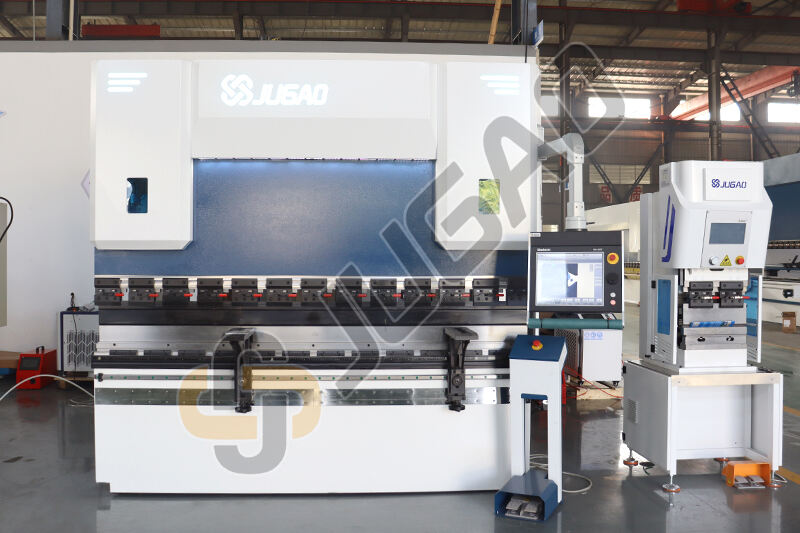Press Brake Noise Reduction: A Comprehensive Troubleshooting Guide
Excessive noise from press brakes isn't just an annoyance - it's often the first warning sign of potential equipment issues that can lead to costly downtime. This guide provides metal fabrication professionals with actionable solutions to identify, diagnose, and eliminate common noise problems in press brake operations.
1. Root Causes of Press Brake Noise

Mechanical Noise Sources
Primary culprits:
Worn ram guides and gibs
Loose or damaged tooling
Misaligned crowning systems
Worn bearings in the drive mechanism
Diagnostic tip: Metallic grinding or knocking sounds typically indicate mechanical wear requiring immediate attention.
Hydraulic System Noise

Common issues:
Cavitation from low/contaminated fluid
Aerated hydraulic oil
Pump wear or pressure fluctuations
Relief valve malfunctions
Warning sign: Whining or screeching noises during ram movement often point to hydraulic problems.
Electrical Component Noise

Potential problems:
Failing servo motors
Loose electrical connections
Control system interference
Worn motor bearings
Key indicator: High-pitched whirring or buzzing sounds from electrical cabinets.
2. Proven Noise Reduction Strategies
Maintenance Best Practices
1. Daily: Check fluid levels and listen for abnormal sounds
2. Weekly: Inspect tooling alignment and fasteners
3. Monthly: Test hydraulic pressure and electrical connections
Tooling Optimization
Use precision-ground tooling to minimize vibration
Implement anti-vibration tool holders
Maintain proper die clearance (8-12% of material thickness)

Hydraulic System Management
Change filters every 500 hours
Use premium hydraulic fluid (ISO VG 46 recommended)
Install pulsation dampeners on pump outlets
Electrical System Checks
Thermographic inspections of electrical panels
Motor current analysis to detect bearing wear
Shielded cabling for noise-sensitive controls
3. Preventive Maintenance Protocol
Inspection Checklists
Ram alignment verification
Hydraulic hose condition
Electrical connection tightness
Lubrication points status
Lubrication Standards
Use NLGI #2 grease for mechanical components
Automatic lubrication systems preferred
Clean grease fittings before application
Long-Term Solutions
Sound enclosure installation
Vibration isolation mounts
Regular operator training on noise awareness

4.Expert FAQS
Q: What's the most overlooked cause of press brake noise?
A: Worn ram gibs - they often cause knocking sounds but are frequently misdiagnosed as tooling issues.
Q: How often should hydraulic fluid be tested?
A: Perform oil analysis every 3 months or 1,000 operating hours, whichever comes first.
Q: Are noise-reducing retrofits cost-effective?
A: Yes - sound enclosures typically pay for themselves in 12-18 months through reduced hearing protection costs and improved operator comfort.
5. Final Recommendations
Implementing these noise reduction strategies will:
✔ Extend equipment lifespan by 20-30%
✔ Reduce unplanned downtime by up to 40%
✔ Improve workplace safety and operator satisfaction
Pro tip: Maintain a "noise log" to track changes and identify developing issues before they become major problems.
For persistent noise issues, consult with vibration analysis specialists who can perform advanced diagnostics using accelerometers and frequency analysis tools.

Key Takeaways
60% of press brake noise issues stem from preventable maintenance gaps
Comprehensive lubrication can reduce mechanical noise by up to 50%
Proper hydraulic maintenance eliminates 90% of fluid-related noise
This enhanced guide provides specific, actionable solutions while maintaining the original technical foundation. The structured approach helps operators systematically address noise issues at their source.


















































